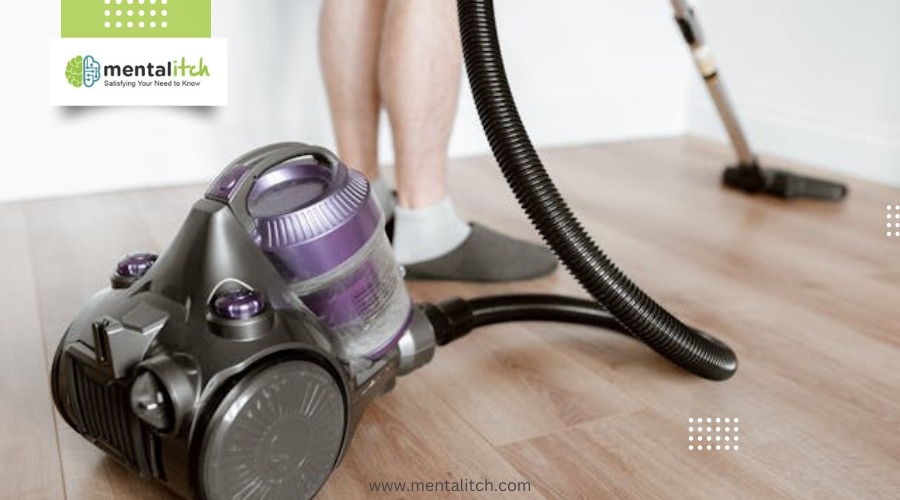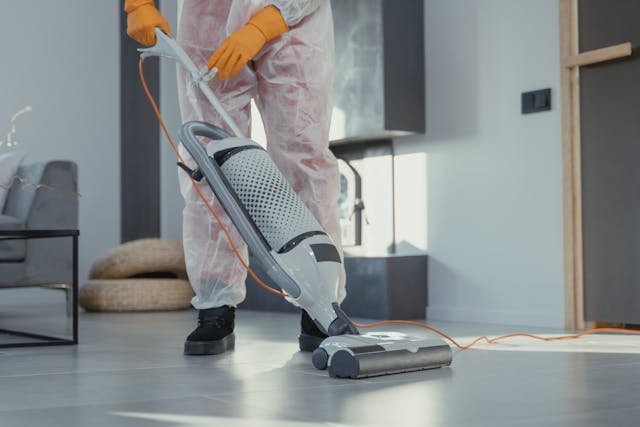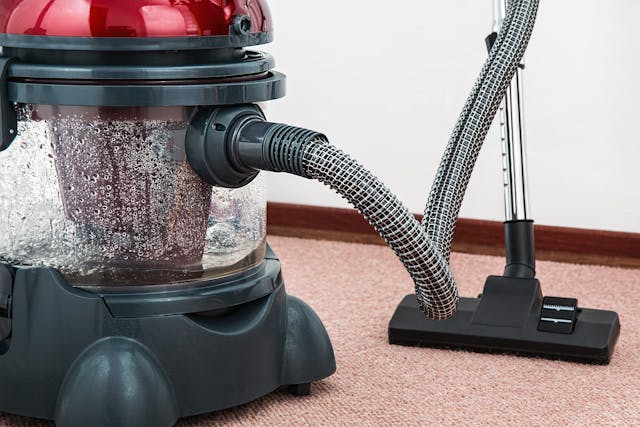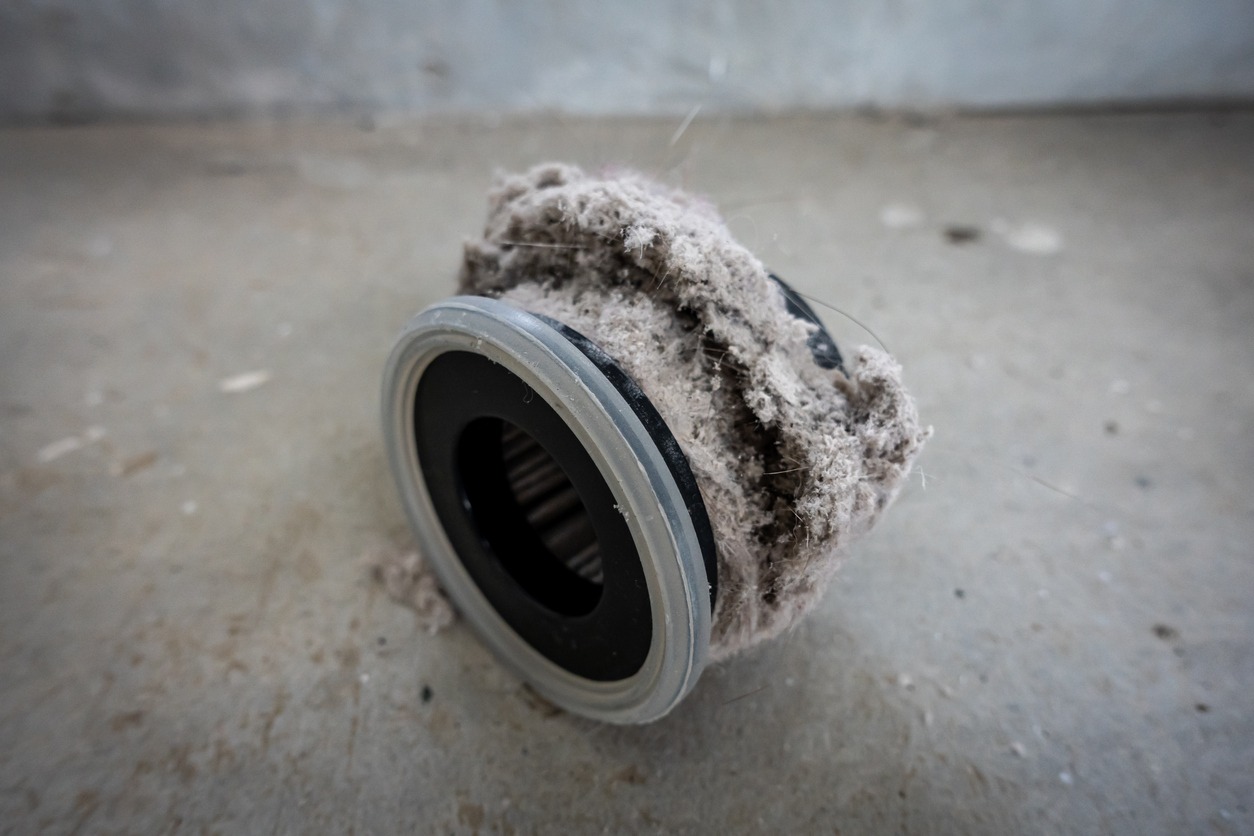Venturing into the vast void of vacuum technology, you’ll uncover unparalleled uses and unexpected efficiencies. Your vacuum isn’t just a tool for tidying; it’s a testament to technological triumphs.
As you navigate through maintenance must-knows and the marvels of medical applications, you’ll find yourself fascinated by how much there is to enhance and optimize. But before you can harness these benefits, understanding the fundamental forces at play is crucial.
Why settle for surface-level when the secrets to superior suction and sustainability lie just beneath?
Understanding Vacuum Technology
At the heart of various modern innovations, vacuum technology plays a crucial role by creating spaces devoid of matter, essential for numerous applications. This technology, which involves generating a space free from air and other gases, isn’t just limited to high-tech laboratories or industrial settings. In fact, it infiltrates your everyday life in ways you mightn’t even realize. The secret behind understanding vacuum technology lies in grasping the significance of vacuum levels, from low to ultra-high, each tailored for specific uses.
You see, vacuum pumps, are the workhorses that maintain these precise vacuum levels. They’re pivotal in ensuring that the vacuum’s quality meets the application’s requirements. Whether it’s in scientific research, where creating an almost perfect vacuum mimics the conditions of outer space, or in the industrial realm, particularly in semiconductor manufacturing, vacuums are indispensable. The continuous advancements in vacuum technology not only enhance these applications but also contribute to the innovation shaping our modern world.
Types of Vacuums Explained
Now that you understand the importance of vacuum technology, let’s explore the different types of vacuums and how they work. Each type has its unique way of achieving vacuum pressure, capturing gas, and in some cases, utilizing surface adsorption. Here’s a quick guide:
| Type of Vacuum | How It Works |
|---|---|
| Positive Displacement | Expands a cavity to capture gas molecules. |
| Momentum Transfer | Uses high-speed gas jets to remove molecules. |
| Entrapment | Adsorbs molecules onto surfaces like charcoal. |
| Combinations | Utilizes multiple techniques for efficiency. |
Positive displacement vacuums are great for tasks requiring consistent vacuum pressure as they mechanically expand a cavity to capture and remove gas. Momentum transfer vacuums, on the other hand, rely on high-speed jets to propel gas molecules out, making them suitable for applications needing rapid gas capture. Entrapment vacuums use surface adsorption to trap molecules on materials like activated charcoal or cryogenic surfaces, offering a solution for situations where gas needs to be securely held. Combinations of these technologies harness the strengths of each system to achieve optimal performance for specific applications. Each type’s unique performance characteristics ensure you can find the right vacuum for your task.
Core Components Breakdown
To fully grasp how your vacuum operates, it’s essential to understand the roles of its core components, including vacuum pumps, inlet, rotor, stator, and exhaust. Vacuum pumps are the heart of the system, tirelessly working to create and maintain the vacuum environment essential for the machine’s operation. The inlet design, a critical aspect, ensures that air, dust, or whatever else you’re trying to vacuum up is effectively drawn into the machine.
- Inlet design helps steer unwanted particles into the vacuum, optimizing airflow and preventing clogs.
- Rotor maintenance is crucial for maintaining high performance and prolonging the lifespan of your vacuum. A well-maintained rotor ensures efficient air movement and vacuum pressure.
- Exhaust function expels the air that’s been through the system, ensuring that the vacuum maintains its efficiency and doesn’t overheat.
Understanding the function and interplay of these components is vital for optimal vacuum performance. Proper maintenance of these core parts not only ensures that your vacuum operates at its best but also extends its lifespan, saving you time and money in the long run.
The Science of Suction
Delving into the science of suction reveals how creating a partial vacuum generates the crucial pressure differentials that power your vacuum’s functionality. This fundamental principle isn’t just vital to keeping your home clean; it’s the backbone of vacuum applications across a myriad of industries, from healthcare and manufacturing to cutting-edge research. When you turn on your vacuum, you’re harnessing the same principles that drive sophisticated systems in these sectors.
Understanding suction dynamics is essential. It’s all about manipulating air pressure to create an area of lower pressure inside the vacuum, forcing air (and with it, dirt and debris) to rush in to fill the void. This principle of pressure differentials is what makes suction possible. Measuring this power involves units like Torr or Pascal, giving a quantifiable way to gauge a vacuum’s efficiency.
Various devices, including vacuum pumps and integrated systems, are crafted to leverage these suction principles effectively. Each application, whether in your living room or a high-tech lab, relies on the precise control of these pressure differentials to function. So, every time you’re using your vacuum, you’re tapping into a complex science that spans across various fields and applications.
Maintenance and Care Tips
Proper maintenance and care are key to unlocking your vacuum’s peak performance and ensuring its longevity. Regular upkeep not only enhances efficiency but also extends the life of your machine. Here’s how you can keep your vacuum running like new:
- Filter maintenance and canister cleaning: Keeping your vacuum’s filters clean and the canister emptied ensures that suction power remains strong. Regularly check and wash or replace filters according to the manufacturer’s instructions. Empty the canister after each use to prevent clogging and loss of suction.
- Belt replacement and hose inspection: Worn-out belts and damaged hoses can significantly impact your vacuum’s performance. Inspect these components periodically for any signs of wear or damage, and replace them as needed to maintain optimal functionality.
- Proper storage and cleaning solutions: Use manufacturer-recommended cleaning solutions to care for your vacuum and store it in a cool, dry place. Properly organizing attachments and accessories keeps them in good condition and readily accessible for your next cleaning task.
Troubleshooting Common Issues
When your vacuum starts acting up, it’s often due to clogged filters or a malfunctioning motor. You’ll need to tackle these issues head-on to restore your vacuum’s peak performance.
We’ll guide you through clearing those filters and fixing motor troubles, ensuring your machine runs smoothly again.
Clogged Filters Solution
Addressing a clogged vacuum filter is crucial to restoring your machine’s suction power and efficiency. When you’re faced with this common issue, knowing the right steps can make all the difference.
- Filter cleaning techniques: Depending on your vacuum’s filter type (HEPA, foam, etc.), gently tap it against a trash can to remove loose debris, or wash it if it’s washable, following the manufacturer’s instructions.
- Preventing clogs: Regularly check and clean your vacuum’s filter to avoid buildup that can impair performance.
- Filter replacement tips: Understand your vacuum’s specific filter needs and replace them according to the manufacturer’s recommendations to ensure your vacuum operates at peak efficiency and to maintain indoor air quality.
Motor Malfunction Fixes
If your vacuum’s motor starts to malfunction, initially check for any loose electrical connections or signs of wear before diving deeper into troubleshooting. Overheating, worn-out brushes, or a faulty capacitor are common culprits.
Employ troubleshooting tips like testing the power supply and inspecting the motor. Regular maintenance, such as cleaning the motor and ensuring it’s well-ventilated, prevents future issues. Understanding your vacuum’s specific motor type and model is crucial for effective DIY solutions.
If the problem persists, seeking professional help or consulting the manufacturer’s guidelines is wise. Motor repair techniques vary, so knowing when to tackle the issue yourself and when to call in the experts is key to keeping your vacuum running smoothly.
Enhancing Vacuum Efficiency
To boost your vacuum’s performance and slash energy costs, consider upgrading to advanced pumps like the Leybold MAGiNTEGRA and adhering to regular maintenance schedules. This approach not only elevates efficiency but also extends the life of your vacuum, offering significant energy savings, performance optimization, and longevity benefits.
Implementing service agreements for routine checks ensures your vacuum system operates at peak efficiency. Moreover, utilizing cutting-edge vacuum technology, such as molecular pumps, can dramatically transform performance across numerous applications. Always following the manufacturer-recommended guidelines helps maximize your vacuum’s efficiency and averts costly breakdowns.
Visualize the benefits of enhancing vacuum efficiency through these actions:
- Upgrading to more powerful pumps for superior energy efficiency and robust performance.
- Establishing service agreements that guarantee regular, expert maintenance, keeping your vacuum in top condition.
- Following manufacturer guidelines to utilize your vacuum optimally, preventing unnecessary wear and tear.
Accessory Guide
Selecting the right accessories, such as vacuum gauges, valves, and filters, is crucial for maximizing your vacuum system’s performance. The proper accessory selection directly impacts the efficiency and longevity of your setup, ensuring optimal system operation. It’s not just about having the right tools; it’s about understanding how each component contributes to the system’s overall functionality. This knowledge is indispensable when it comes to troubleshooting techniques and finding solutions to common problems.
| Accessory Type | Function |
|---|---|
| Vacuum Gauges | Measure vacuum levels to ensure the system is operating within the desired range. |
| Valves | Control the flow of gases in and out of the vacuum system, crucial for managing pressure. |
| Filters | Protect the system from contaminants, extending the lifespan of your vacuum setup. |
| Seals | Ensure airtight connections, preventing leaks that could compromise vacuum integrity. |
| Hose & Connectors | Facilitate flexible connections and system layout, essential for convenient maintenance and operation. |
Investing in high-quality accessories not only enhances your system’s reliability but also provides peace of mind. Each component plays a pivotal role in maintaining the health of your vacuum system, making accessory selection a critical step in achieving and maintaining peak performance.
Advanced Vacuum Features
Why not explore the advanced vacuum features that set these vacuum pump apart in terms of performance and efficiency? As you dive deeper into the world of vacuum technology, understanding these features is crucial for optimizing your applications, whether they’re in scientific research, industrial processes, or medical applications.
Vacuum pump innovations have significantly advanced, offering:
- Superior performance which outshine traditional diffusion pumps in both efficiency and reliability.
- Cleaner and cost-effective technology that has revolutionized the industry.
- Efficiency enhancements that aren’t only eco-friendly but also pave the way for performance optimization in various fields.
These advancements in vacuum technology underscore the importance of staying abreast with the latest developments. As you incorporate these advanced features into your work, you’ll notice a marked improvement in efficiency and outcomes. Remember, the key to unlocking the full potential of your vacuum system lies in harnessing these efficiency enhancements and performance optimizations. So, don’t hesitate to explore these advanced vacuum features further; they might just be what your project needs to excel.
Additional Details
- Be sure to check out the Tineco product instruction manual
Conclusion
There you have it! You’re now equipped with a solid foundation in vacuum technology. Remember, keeping your vacuum in top shape is key, so don’t skimp on maintenance or overlook the benefits of service agreements.
Whether you’re enhancing efficiency or tackling common issues, this guide’s got you covered. Dive into the world of vacuums and unlock the full potential of your system.
Happy vacuuming!





